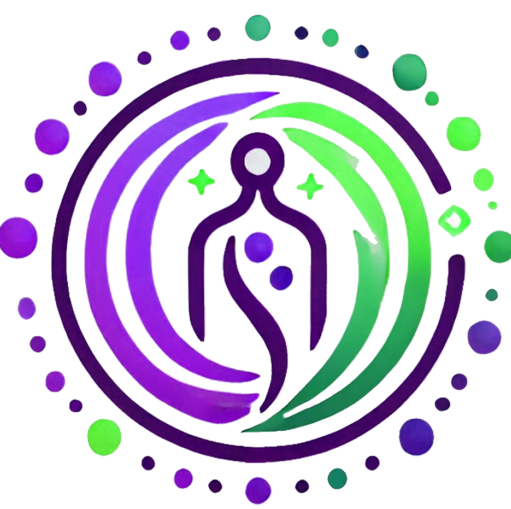Introduction: Menopause can bring about a range of symptoms, from hot flashes to mood swings, affecting your overall quality of life. By alleviating menopause symptoms through NeuroCellular Reconditioning, you can promote hormonal balance, reduce discomfort, and enhance your well-being during this natural transition.
1. Neuro-Visual Integration (NVI): Visualizing Hormonal Balance
Practice:
Engage in a daily visualization exercise where you picture your hormones balanced and your body adapting smoothly to the changes of menopause. Imagine your body feeling calm, cool, and emotionally stable.
Guided Imagery:
Spend 10-15 minutes each day visualizing your hormonal levels as balanced and your body comfortably adjusting to menopause. See yourself free from hot flashes, your mood steady, and your overall health thriving. Picture yourself feeling confident and comfortable in your body.
2. Cognitive Reprogramming Constructs (CRC): Rewiring for Menopause Comfort
Affirmation:
Use intention-driven statements like, “My body is adapting smoothly to menopause, and I feel comfortable and balanced,” or “Every day, I feel more at ease with the changes in my body.”
Application:
Repeat these affirmations aloud, especially during moments of discomfort or when experiencing menopause symptoms. This practice helps rewire your neural circuits, fostering a positive internal environment that supports comfort and well-being during menopause.
3. Autonomic Modulation Protocols (AMP): Breathing for Menopause Relief
Breathing Exercise:
Incorporate deep, rhythmic breathing into your daily routine to support hormonal balance and reduce menopause-related symptoms. Practice diaphragmatic breathing for 5-10 minutes each day, focusing on slow, steady breaths that promote relaxation and hormonal harmony.
Protocol:
Inhale deeply through your nose, filling your lungs completely, and then exhale slowly through your mouth. This technique helps activate the parasympathetic nervous system, which supports hormonal balance and reduces the impact of stress on menopause symptoms.
4. NeuroReflective Documentation (NRD): Journaling for Menopause Wellness
Journaling Practice:
Document your thoughts, feelings, and intentions related to your menopause experience. Reflect on any factors that might be affecting your comfort, and write about your goals for maintaining or improving your well-being during menopause.
Prompt:
“At the end of each day, I will write about how my body felt during menopause and any signs of improvement in comfort and balance. I will set positive intentions for the following day, focusing on how I want my body to feel balanced and comfortable.”
5. Quantum-Resonance Meditation (QRM): Meditating for Menopause Balance
Meditation Practice:
Engage in daily meditation that synchronizes your brainwaves, achieving a state of deep coherence that supports hormonal balance and emotional stability during menopause. Focus on bringing peace and harmony to your body’s transition through relaxation and mental clarity.
Guided Session:
Find a quiet space, close your eyes, and breathe deeply. As you meditate, visualize your hormones balancing, your body adjusting comfortably to menopause, and your emotional state remaining calm and steady. Feel a sense of peace and confidence in your body’s ability to navigate menopause smoothly.
Conclusion
By integrating these practices into your daily routine, you can actively support and enhance your comfort during menopause. Each of these techniques is designed to empower you, helping you align your thoughts, emotions, and body in the pursuit of hormonal balance and overall well-being.
Remember: Consistency is key. The more you engage with these practices, the more effective they will be in supporting your body’s natural ability to manage menopause symptoms.
